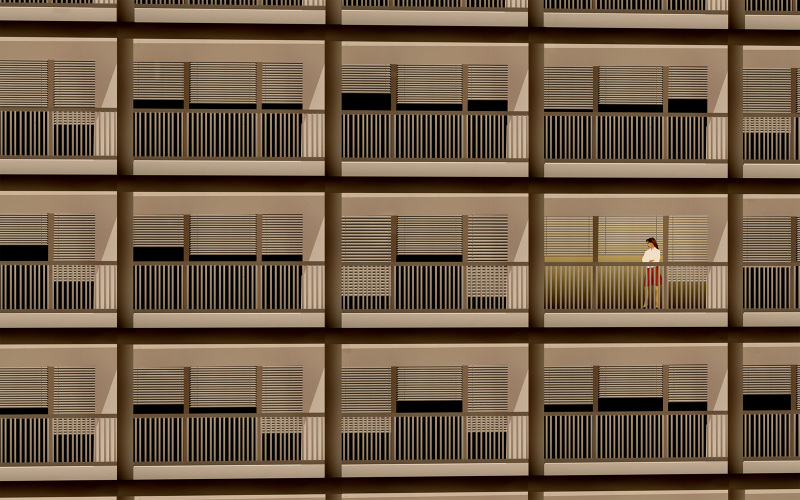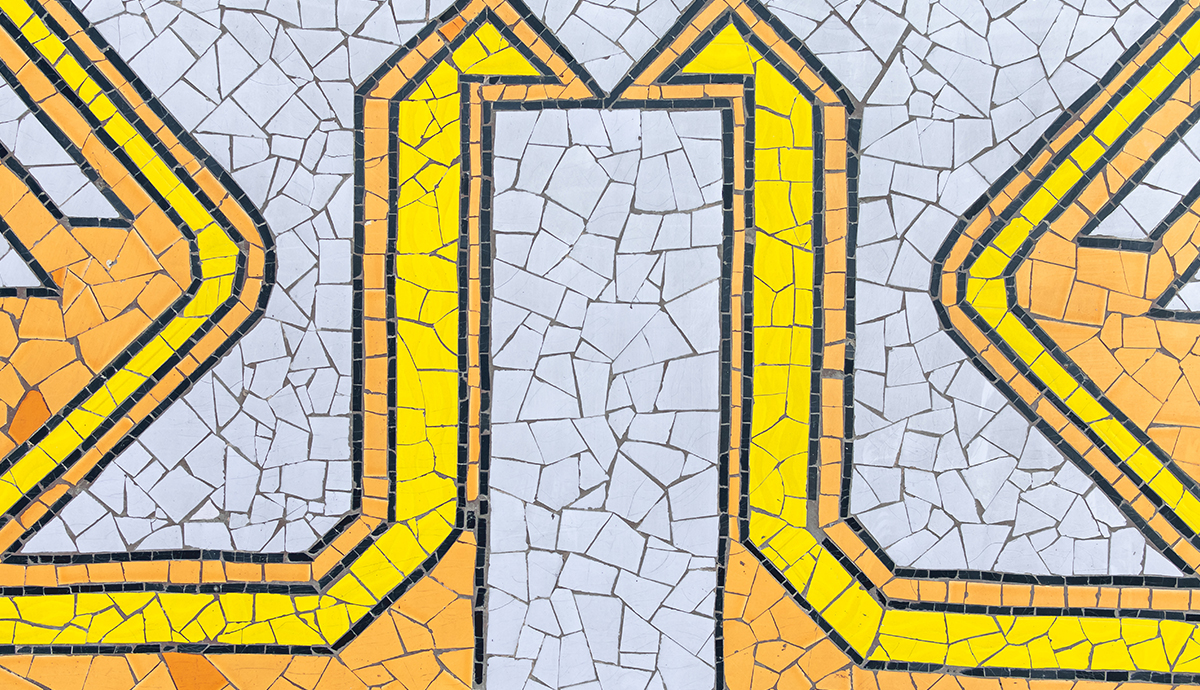Invisibility and Writing

Being invisible has its challenges. You know things about yourself that others can’t see. You’re pressured to keep quiet about what you feel, because you aren’t supposed to exist. If you’re unaccounted for, but there you are anyway, you may be perceived to be a great nuisance when you claim space for yourself. You’re an unwelcomed guest, eating the chips and onion dip, sipping stout intended for someone else. The least you could do is keep your voice down, not change the topic of conversation!
Writing as a Québécoise-American, I have a complex about being seen. The more I learn about Québécois and Franco-American histories, the more a wandering, confounded, inquisitive consciousness appears in my work. The more a particular identity acquires limbs and a heartbeat and a unique set of emotional preoccupations.
*
Once, about 10 years ago, I wrote an essay about my first trip to my mémère’s, my grandmother’s, birthplace, Saint-Norbert d’Arthabaska, Québec. I was in a writing workshop at the time, and some fellow students treated me poorly as my essay was being discussed. “It’s not like the French words you’re including are hard to figure out,” one student said, as though I’d shown up to a neighborhood game of kick-the-can that I hadn’t been asked to play. As though everyone innately understands the term Le Chemin du Roi. “You’re really belaboring your points,” another student added. “Just say it and move on.” A third person, friends with the other two, confessed to never reading my piece.
I was hurt. The essay was my first exploration into my family heritage. I’d recently received a small grant to go to Québec. This was a big deal for me. For my family. My mémère’s brother, my mon oncle, had died at five or six, of drowning or meningitis. During my research trip, I’d found this great-uncle’s tombstone; he was my mémère’s only family member left behind in Québec. A lesbian couple whose gorgeous gîte I’d stayed at had let me ride one of their small bikes across farmland with heat-fog rising from corn.
Besides, I’d supported those three fellow students’ exploration into their own ethnic identities during that workshop. (The biggest bullies try to block you from having what they’re after themselves.) And what good comes out of minimizing another person’s culture?
*
On Labor Day in 1923, the Ku Klux Klan held a parade in Saco, Maine. The KKK was fed up with the French Canadians of Maine, the Franco-Americans. The Franco-Americans were ethnically inferior. They were alien roughnecks. They were Catholic and spoke another language, and they were taking over the state. Biddeford, my hometown which was the next town over, was full of Franco-Americans. We were the textile mill workers, working for less money than the English speakers. Biddeford was notably poorer—and still is today—than Saco, where the mill owners and managers lived. People of French-Canadian descent (conspicuous, now, in several cities throughout New England) had been one target of systemic discrimination in Canada and its predecessor, British North America. As a result, they were often poor. Unlike our Québécois kin, Franco-Americans would evade decades of additional exploitation and suppression in Canada, not to mention Trudeau-the-father’s treacherous antics—such as La Nuit des Longs Couteaux and imprisonment of French-Canadian intellectuals and artists during the War Measures Act of 1970. (In the U.S., our unique identity would simply be forced into disappearance.)
Bref, the KKK would not be allowed to enter Biddeford, our city, that night. They’d intended to parade over the bridge connecting Saco to Biddeford, and to do their best to intimidate us. But we were our culture, and we’d already built our Québécois-Catholic churches all over Maine’s mill towns. And the Biddeford police and fire crew (following the orders of the Franco-American mayor) blocked the bridge and the Ku Klux Klan’s entry into Biddeford.
Here, I love thinking of my grandparents. Jumping up in their living rooms in Maine, crowded with many sisters and brothers, after learning the news that their own beleaguered people had stood up to les Anglais. Les Anglo-Saxons. My mémère Martin (then Roux) had arrived two years earlier from Québec with her family (minus her deceased brother, Hormidas) and settled in Sanford, Maine, another Franco-American mill town, about 18 miles west of Biddeford.
A year later, in August 1924, the KKK would hold its initiation ceremony for new members in the very mills where my mémère Martin and her brothers and sisters worked in the weaving and spinning rooms, respectively, to create train-seat covers on which people of all heritages, even les Anglais, could sit comfortably.
*
The publication of my short story, “A Wayward Landmass,” in the Winter 2018 issue of NAR makes me feel a bit less invisible. I write of Saint-Norbert d’Arthabaska in the piece. Of a tombstone, a family’s relative who died alone in Québec. The main character, Karine, I hope, has limbs and a heartbeat. She reflects on the KKK’s aggression against Franco-Americans.
That is, including traces of my cultural legacy in my work is an act of taking up a little space. Of opening another stout. Overbearing folk may find my presence to be oddly annoying; but I’ll be eating more chips over here while you have your feelings.
Revealing who you are is often a great relief. People of many identities understand this. With Franco-Americans, with Québécois, this revelation has often been about survival: we exist, we’ll stand up to those who’d prefer we get out of town; our language, our culture, our heritage is not inferior. Now let’s think up another festival, so we can celebrate even more!
And creating characters who walk and talk in stories—or despair and wander and observe, as in “A Wayward Landmass”—helps one feel seen.
Jane E. Martin takes history classes at the Université du Québec à Montréal and teaches writing. She has an MFA in creative writing from the University of Michigan, and an MA in dramatic literature from Tufts University. She researched her Québécois heritage as a Fulbright scholar at McGill University in Montréal following her MFA. She is fiction editor of Résonance, a Franco-American literary journal. Her work has also appeared in The Southern Review, the Michigan Quarterly Review, the Massachusetts Review, and other journals. Her essay "The complicated concept of home for a Franco-American woman-loving woman" currently appears in Contemporary French Civilization.
Illustration by: Gigi Rose Gray. Gray is an illustrator born and raised in New York City where she received her BFA in illustration from Parsons New School for Design. She now resides in sunny Los Angeles. Her works are inspired by the grace and elegance of women, mid-century design, French renaissance interiors, the colors olive green and mustard yellow, dreams, cypress trees, Greco-Roman art, and nostalgia.
Recommended
Nor’easter
Post-Op Appointment With My Father
Cedar Valley Youth Poet Laureate | Fall 2024 Workshop





